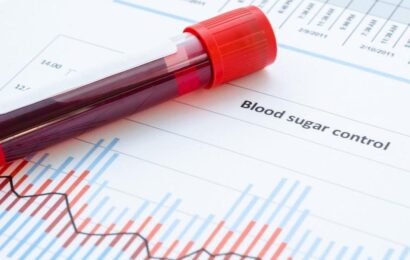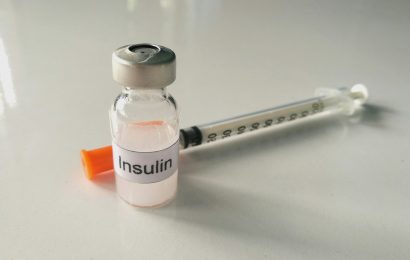When I was studying to become a dietitian and diabetes educator, I was taught that there were three main types of diabetes: Type 1, Type 2, and gestational. And that’s still true. But over the years, I learned that there are other, lesser-known types of diabetes, too. What do you know about Type 1.5? Or LADA? Or MODY? You may or may not have heard of these, but scientists and endocrinologists are getting a better understanding of these “other” diabetes types, and it’s probably a good thing for you to do, as well!
According to the American Diabetes Association (ADA), diabetes is “a problem with your body that causes blood glucose (sugar) to rise higher than normal.” This is a pretty straightforward definition, but the issue is that a number of factors can cause blood glucose levels to be higher than normal. And sometimes those factors aren’t that clear cut, even to health-care providers. Let’s take a closer look at the different diabetes types and their unique characteristics.
Type 1 diabetes
Type 1 diabetes was formerly called “juvenile diabetes” or “insulin-dependent diabetes.” These two terms aren’t accurate because 1) Type 1 diabetes occurs in adults and 2) many people with Type 2 diabetes need to take insulin. So Type 1 it is.
Facts
• Type 1 accounts for only about 5% to 10% of diabetes cases.
• Seventy percent of Type 1 cases occur before the age of 30, but anyone at any age can get Type 1.
• Type 1 diabetes is an autoimmune disease in which the immune system turns on the body and attacks and destroys the beta cells (which make insulin) in the pancreas.
• The exact cause of Type 1 isn’t known — it could be autoimmune, genetic, or environmental factors, such as a virus, that trigger it.
• People with Type 1 must take insulin by injection or pump to survive.
• Symptoms of Type 1 include thirst, hunger, weight loss, frequent urination, extreme fatigue, slow healing wounds, numbness and tingling in the hands and feet, and blurred vision.
Type 2 diabetes
Type 2 diabetes was formerly called “adult-onset diabetes” or “non-insulin dependent diabetes.” These terms aren’t correct because children get Type 2 diabetes, and we know that many people with Type 2 need to take insulin.
Facts
• Type 2 diabetes is the most common type, accounting for 90% to 95% of diabetes cases.
• Type 2 diabetes has been steadily increasing in children over the past 20 years.
• About 80% of those with Type 2 are also overweight.
• In Type 2, the body either does not use its own insulin properly or it doesn’t make enough of its own insulin.
• About 40% of those with Type 2 will eventually need to take insulin because the body gradually stops making enough insulin.
• Type 2 diabetes is just as “serious” as Type 1 diabetes, meaning that if not controlled, it can lead to serious complications, such as eye, heart, and kidney disease and nerve damage.
• Type 2 can be prevented in many cases through weight control, healthful eating, and physical activity.
• Symptoms may be similar to those of Type 1, or there may be no symptoms at all.
Latent autoimmune diabetes of adults (LADA)
LADA is a fairly new term for a type of diabetes that is considered to be a form of slowly progressing Type 1 diabetes.
Facts
• LADA is often misdiagnosed as Type 2 diabetes because it’s usually diagnosed in adults over 30.
• LADA occurs due to an autoimmune response that destroys beta cells.
• It’s sometimes called “Type 1.5” diabetes.
• This type of diabetes is very commonly misdiagnosed — many health-care providers don’t have the training to pick up on it sooner.
• LADA often “looks” like Type 2 diabetes because the pancreas initially still produces insulin.
• You may have LADA if you are lean, don’t have high blood pressure or high cholesterol levels, and have no family history of Type 2 diabetes but do have a family history of autoimmune disease (thyroid disease, rheumatoid arthritis, etc.).
• Initially, LADA can be managed with healthful eating, physical activity, and diabetes pills. Eventually though, the person will need to take insulin.
• If you think you may have LADA, ask your doctor to order a C-peptide test (a test that tells how much insulin you’re making) and a glutamic acid decarboxylase (GAD) antibody test. If it’s positive, it means that your body is attacking itself, and you should ask your primary-care doctor to refer you to an endocrinologist.
More diabetes “types” next week!




